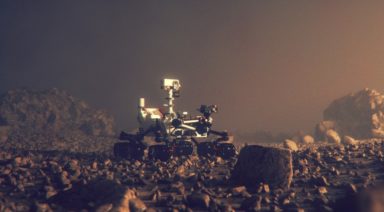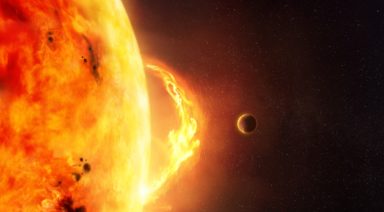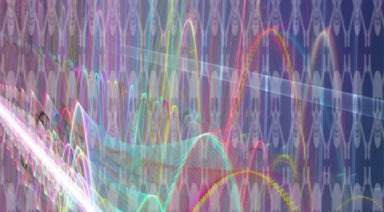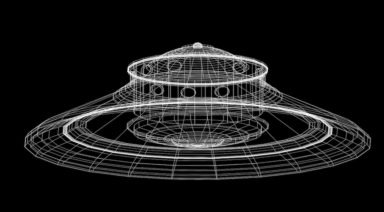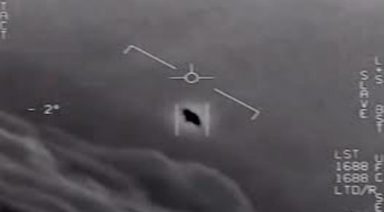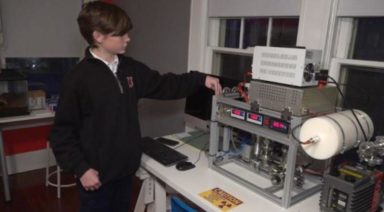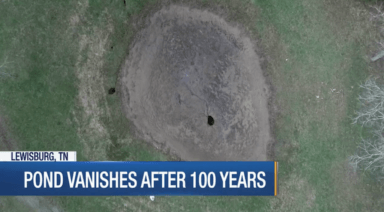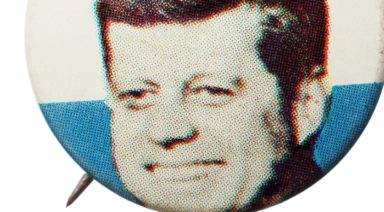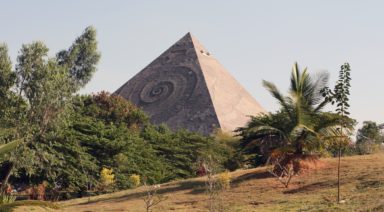The Oumuamua Spaceship; Interstellar Asteroid or Alien Probe?

Two months ago, a cigar-shaped object sped past Earth at an incredible rate, before being catapulted to the outer reaches of the solar system by the Sun’s gravitational pull. This asteroid-like object was given the name Oumuamua and is now being carefully tracked to pick up any frequencies it might be emitting and find out more about this strange artifact.
The Alien Asteroid
On October 19th of this year, Robert Weryk spotted an asteroidal object zipping through the solar system at a rate of 196,000 mph. Weryk was using the Pan-STARRS telescope at the Haleakala Observatory in Hawaii, hence the vowel-heavy Polynesian name, Oumuamua.
Oumuamua means scout, to “reach out first” or “reach out in advance.” Weryk says he sees the asteroid as a messenger from the past that is reaching out to us.
At first, it was thought that Oumuamua was a comet, though it was quickly reclassified due to its lack of a cometary tail, but was soon reclassified again due to its odd shape and provenance, possibly coming from the star Vega in the Lyra constellation. This interstellar object, being the first of its kind ever observed, was given a unique classification with the name 1I/2017 U1, a.k.a. Oumuamua.
Oumuamua is several hundred meters in length, with its height and width about a tenth of that. Its odd structure is fitting for interstellar travel and is a shape that scientists believe would be ideal for interstellar spacecraft. The cigar-shape minimizes friction and damage from interstellar gas and dust, preventing collisions that large, round asteroids would be more susceptible to.
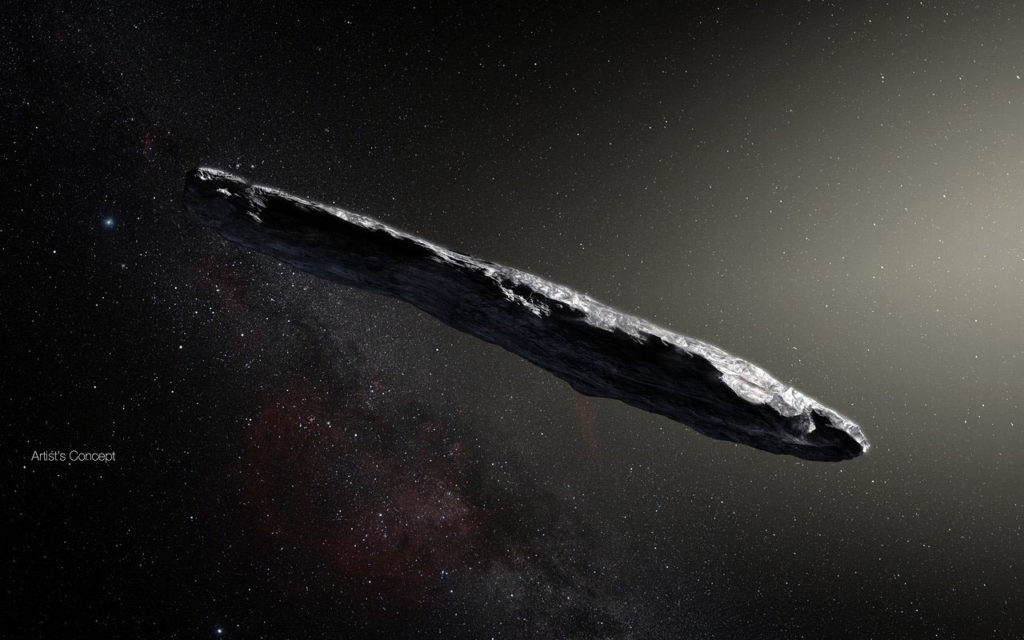
nasa.gov
Though most astronomers assume that it is simply an icy asteroid, careering through space on a 600,000-year journey from Vega, others believe it is worth looking at a little more closely for evidence of extraterrestrial life.
This is where the Breakthrough Listen project got involved, when they pointed the Green Bank Telescope at it for a 10-hour period to pick up any radio frequencies or anomalies.
The program, funded by Russian billionaire Yuri Milner, in coordination with Stephen Hawking and the SETI program at UC Berkeley, devotes satellite power to listening for extraterrestrial life in the universe.
Though they’re not getting their hopes up with Oumuamua, they believe it to be worthwhile, and whether or not it turns out to be a spaceship, artifact, or psychic monolith, like the one in Arthur C. Clarke’s Space Odyssey, Breakthrough Listen believes it can at least glean some useful information on this cosmic phenomenon.
After pointing the Green Bank Telescope at Oumuamua, scientists don’t believe to have discovered any signals, though some believe it could have triggered an “awakening” of the extraterrestrial entity from which it originated. This is according to Nick Pope, the former head of the Ministry of Defense for the UK.
Scientists are still intrigued by the composition of the asteroid, as it appears to have a strange organic coating around it, possibly protecting its inner composition. Normally asteroidal objects like these are composed of ice and rock, leaving a trail in their wake, especially when it comes within close proximity to a star.
Oumuamua came particularly close to the Sun, yet it emitted no tail and continued its journey at a mercurial speed out towards the edge of the solar system.
According to scientists who were able to catch a quick glimpse, Oumuamua consisted of minerals and alloys not found in our solar system, adding to its mystique.
Scientists are Still Puzzled
With Oumuamua on a fast trajectory out of the solar system, scientists must act quickly to study it. By May of 2018, it will be on its way past Jupiter as it is currently moving at a rate of 58,160 miles per hour.
Oumuamua’s shape and speed aren’t the only characteristics that have puzzled scientists. Its dark red color, reflecting only 4 percent of sunlight, seems to vary in color as scientists observe it. Looking at it under infrared light, scientists noticed it was grey in color, typical for an icy body that we’ve seen more locally, though it didn’t emit the tail normally seen with icy asteroids and comets.
Some are drawing the eerie connection to the Arthur C. Clarke novel, Rendevous with Rama, in which a cylindrical alien spaceship enters our solar system, originally mistaken for an asteroid. The similarities between Oumuamua and Rama are uncanny, with the sci-fi asteroid coming in on a fast trajectory from interstellar space, rotating rapidly to create a gravitational field for its inhabitants inside.

Oumuamua’s rotation has been calculated to once every 8 hours, while Rama rotated once every 4 minutes. But these technicalities haven’t prevented the Breakthrough Listen and other hopefuls from attempting to capture some type of signal from it.
Scientists have even suggested the possibility that we may catch up to Oumuamua with the Space-X BFR that is being developed for a manned mission to Mars. For this to be feasible though, the rocket would have to be completed and launched within the next five years.
There have been other ideas for catching up with Oumuamua by companies interested in mining asteroids as well as those who simply want to study them. Deploying a series of small probes to the interstellar object was another possibility. The Breakthrough Starshot project has proposed this concept in its search for alien life, though they have yet to develop a practical prototype.
This past August, Breakthrough Listen discovered a series of fast burst radio signals or FRBs coming from a distant dwarf galaxy, similarly perplexing scientists. Is this project on the cusp of discovering definitive proof of extraterrestrial life?
Ben Rich, Lockheed Martin and UFOs

Ben R. Rich, brilliant scientist, aeronautical engineer and Father of Stealth is more of an enigma now than he was during his lifetime. He is most noted for designing a stealth fighter-plane that flew undetected by radar and for his role as the second director of Lockheed Martin’s top-secret Skunk Works program. Born in 1925, Rich passed away in 1995 with controversy still brewing among his friends, critics and those who heard him speak publicly about whether or not he believed in UFOs and extraterrestrials.
Many questions remain unanswered. Was there a Ben Rich deathbed confession where he admitted that he knew that extraterrestrials and UFO visitors are real? Did he publicly mean it when he claimed that, “We now have the technology to take ET home,” or was it a joke? Is there credibility to other statements attributed to him in which he allegedly claimed technology learned at Roswell was used to influence the development of top secret U.S. aircraft? Are the alleged communications from Rich to his friend John Andrews credible?
With Rich’s last breath, definitive answers to these questions were lost forever.
Ben Rich and Skunk Works
Lockheed Martin’s Advanced Development Projects (ADP), known officially as Skunk Works, was a secret aeronautical research facility in Burbank, California. The founder and first director of Skunk Works was Clarence “Kelly” Johnson, who was the designer of a U.S. spy plane called the U-2. Ben Robert Rich joined Skunk Works in 1954 and helped design various aircraft, including a prototype that could reach speeds more than 1,300 mph. He became the second director of Skunk Works, holding that position from 1975 until his retirement in 1991.





